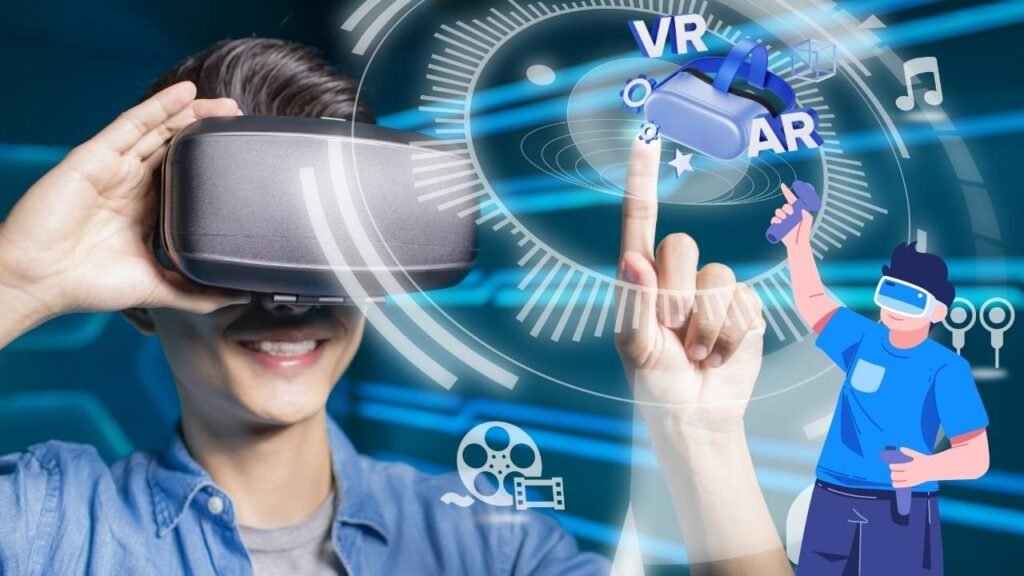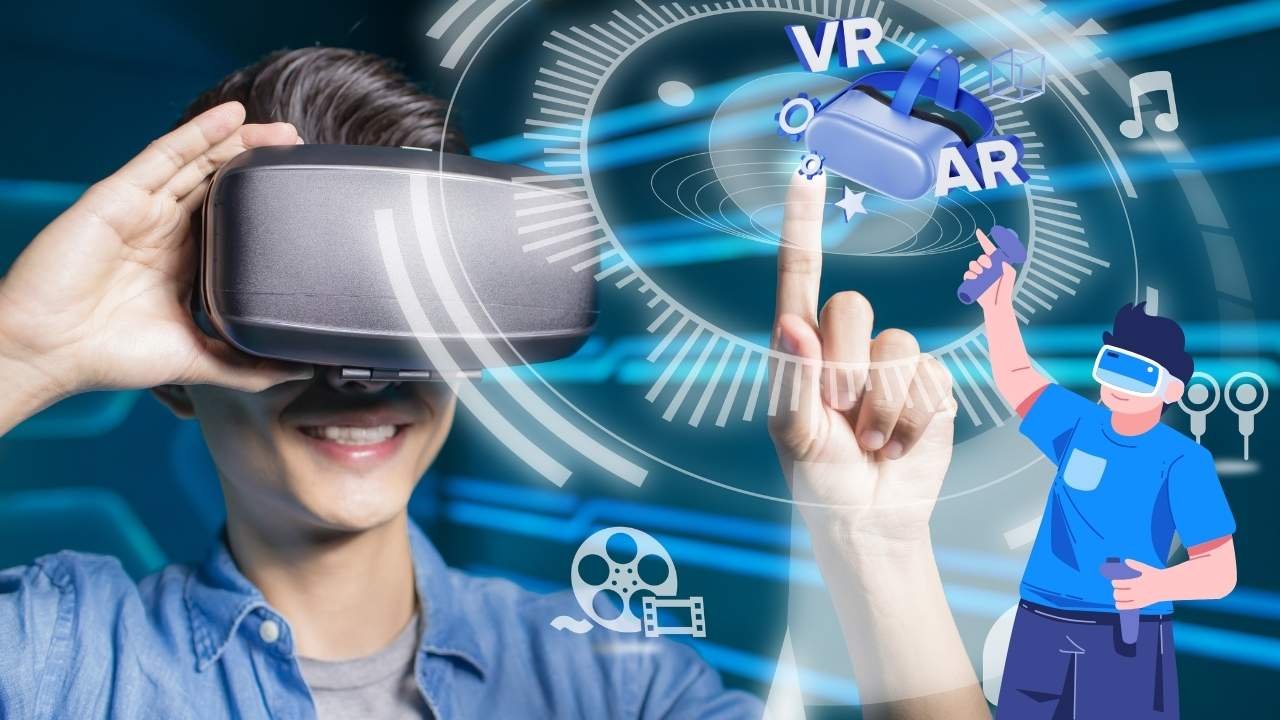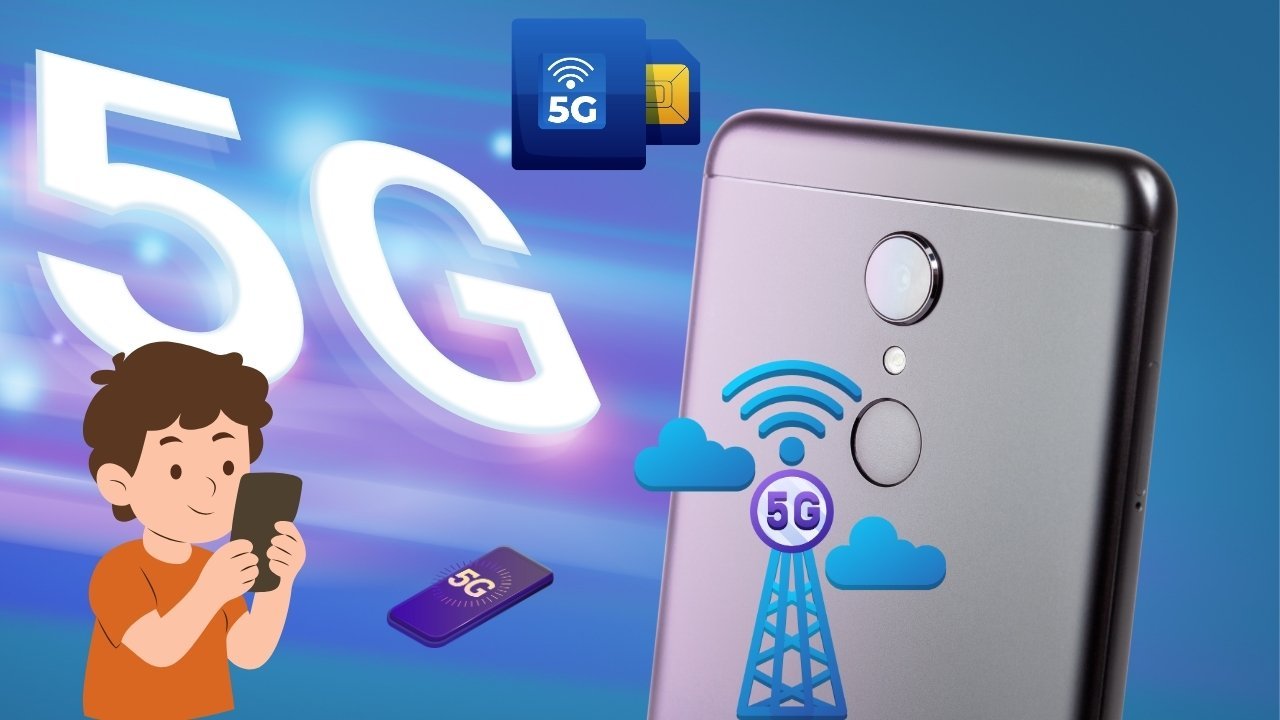No. | Tool / Platform | Overview & Key Strengths | Typical Use Cases |
1 | ClassVR (Avantis Education) | A turnkey VR solution with standalone headsets, teacher controls, curriculum-aligned content, and class management tools. | K–12 classrooms, virtual field trips, science simulations |
2 | zSpace | A hybrid AR/VR display that doesn’t require headsets; users view in 3D on a screen using a stylus and tracking. zSpace is focused on STEM and technical fields. | Biology, anatomy, engineering, interactive 3D modeling |
3 | Engage VR | A social VR / education platform enabling virtual classrooms, meetings, and collaborative experiences. | Remote instruction, virtual campus tours, seminars |
4 | VictoryXR | Offers school/college VR classrooms, 3D content, and virtual labs; supports spatial interactions in VR. | Virtual labs, collaborative exploration, virtual field trips |
5 | Uptale | A rapid development and deployment tool for VR/XR training content, usable across devices. | Corporate training, frontline worker onboarding, scenario simulations |
6 | Immerse | A VR training platform with immersive learning modules, analytics, and enterprise features. (Mentioned in sector overviews) | Business training, soft skills, compliance training |
7 | Inspirit | Focused on XR and VR for STEM, offering teacher support, curriculum linkages, and simpler deployment. | Science, engineering, spatial visualization |
8 | Osso VR | A medical VR training simulation platform used for surgical skills and procedural training. | Medical school, continuing medical education, and surgical training |
9 | Talespin | Designed for immersive learning, soft skills training, upskilling, and enterprise learning in VR | Leadership training, sales, interviewing, and role-play |
10 | Strivr | An enterprise VR training provider with solutions for sports, retail, and workforce training. (Used in U.S. enterprises) | Employee onboarding, safety procedures, and customer interactions |
11 | PIXO VR | A ready-to-use VR content platform, with a library and LMS integration. r | Manufacturing, safety, operations training |
12 | VirtualSpeech | Off-the-shelf VR modules (public speaking, communication, interviewing), combining e-learning and VR. | Professional development, communication skills |
13 | CoSpaces Edu | A creation tool allowing students/teachers to build their own VR/AR experiences without coding. | Student projects, creative learning, exploration |
14 | OpenSpace3D | A free engine to build immersive XR applications via visual scripting and no-code design. | Vocational training modules, custom educational VR apps |
15 | SMARTe-VR | A research platform combining VR with student monitoring, adaptive feedback, and analytics. | Experimental teaching, monitoring student cognition in VR |




